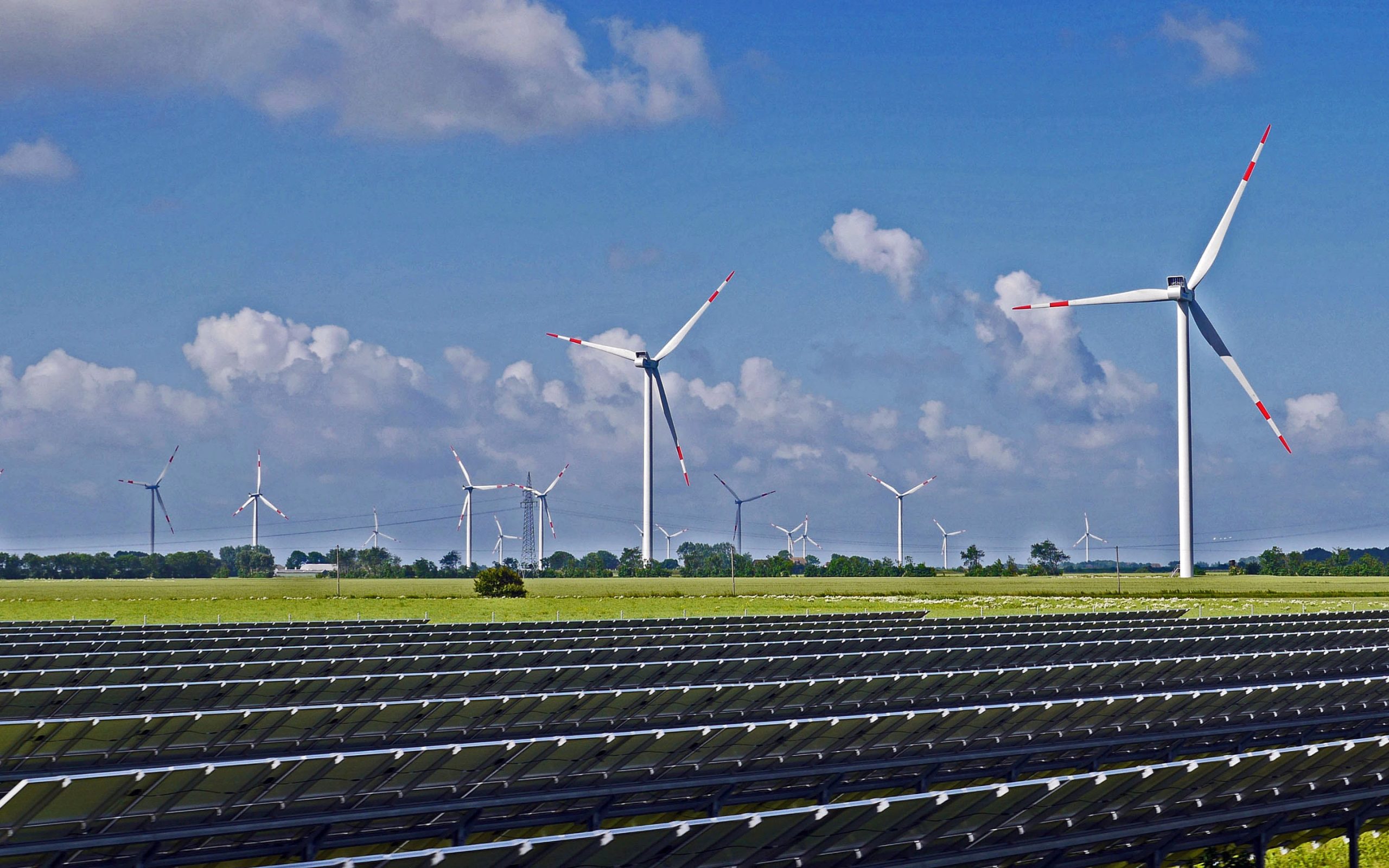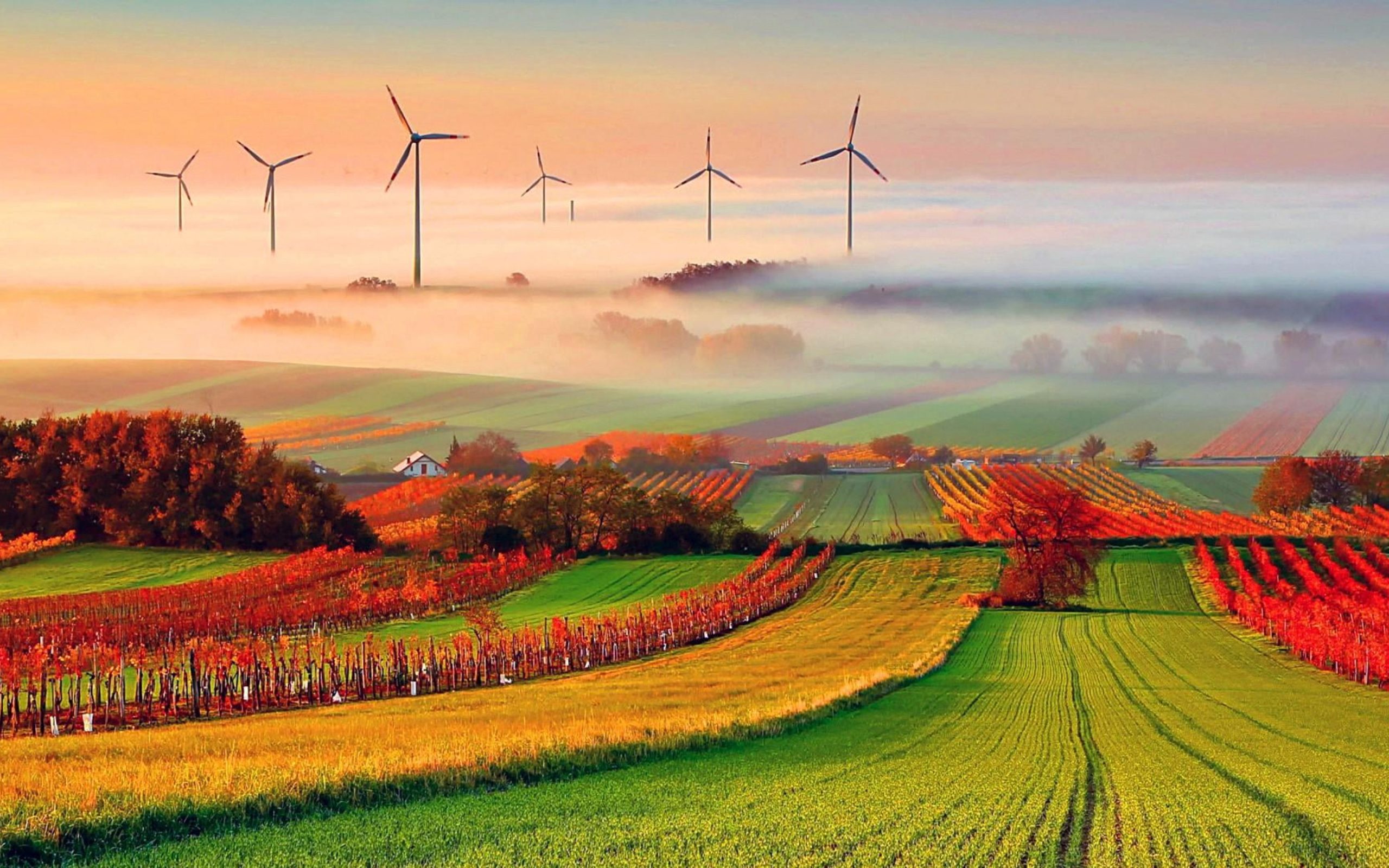The global imperative to transition away from fossil fuels is no longer a distant aspiration but a pressing necessity. While the individual advantages of renewable energy sources like solar, wind, and geothermal are well-documented, a powerful synergy emerges when we consider the benefits of combining their unique niches. This holistic approach not only amplifies the environmental advantages but also unlocks a cascade of economic, social, and technological benefits, paving the way for a truly sustainable future.
Beyond the Single Source: Harnessing Complementary Strengths
Each renewable energy technology possesses distinct characteristics and advantages that make it particularly well-suited for specific applications and geographical locations.
- Solar Power: Abundant in sunny regions, ideal for distributed generation on rooftops and large-scale solar farms. Its peak generation often aligns with periods of high energy demand during the day.
- Wind Power: Powerful in coastal areas and open plains, capable of generating significant amounts of electricity, particularly during windy periods, which can sometimes occur at night when solar production is low.
- Hydropower: Reliable baseload power where water resources are available, offering energy storage capabilities through reservoirs.
- Geothermal Energy: Consistent and reliable heat and electricity source, utilizing the Earth’s internal heat, available 24/7.
- Biomass Energy: Utilizes organic matter, offering a pathway to manage waste streams and potentially providing carbon-neutral energy when sustainably sourced.
The true potential of renewable energy is realized when we move beyond viewing these sources in isolation and instead embrace the power of their complementarity.
The Multiplied Benefits of Combined Niches:
- Enhanced Grid Stability and Reliability: Relying on a diverse portfolio of renewable energy sources mitigates the intermittency challenges associated with individual technologies. When the sun isn’t shining, the wind might be blowing, or geothermal and hydropower can provide a stable base load. This diversification creates a more resilient and reliable energy grid, reducing the need for fossil fuel backups.
- Optimized Land Use: Combining different renewable energy installations can lead to more efficient land utilization. For example, solar panels can be installed on rooftops, minimizing the need for dedicated land. Wind turbines can coexist with agricultural land. Offshore wind farms utilize ocean space. This integrated approach reduces land-use conflicts and maximizes energy output per unit area.
- Stronger Local Economies and Job Creation: The development and deployment of a diverse renewable energy sector create a wider range of jobs across various skill levels, from manufacturing and installation to maintenance and research. Focusing on local resources like solar potential or wind availability can revitalize regional economies and foster energy independence.
- Reduced Environmental Impact: Combining renewables leads to a deeper cut in greenhouse gas emissions compared to relying on a single source. It also minimizes the environmental footprint associated with each technology, such as visual impacts of large solar farms being offset by distributed rooftop installations or the intermittency challenges of wind being balanced by geothermal’s consistent output.
- Technological Innovation and Synergies: The integration of different renewable energy technologies fosters innovation in energy storage solutions, smart grid technologies, and hybrid systems. For example, combining solar with battery storage allows for the utilization of solar power even after sunset. Hybrid wind-solar systems can optimize energy generation based on prevailing weather conditions.
- Increased Energy Access and Equity: Distributed renewable energy solutions, like rooftop solar combined with microgrids, can bring power to remote and underserved communities, fostering economic development and improving quality of life. A diverse energy mix can also reduce reliance on centralized infrastructure, making the energy system more resilient to disruptions.
Moving Towards an Integrated Renewable Energy Future:
Realizing the full benefits of combining renewable energy niches requires strategic planning, supportive policies, and continued technological advancements. This includes:
- Investing in smart grid infrastructure to manage the variable nature of renewable energy sources and facilitate their integration.
- Developing advanced energy storage solutions to store excess energy and ensure a consistent power supply.
- Implementing policies that incentivize the deployment of a diverse portfolio of renewable energy technologies.
- Promoting research and development in hybrid renewable energy systems and grid integration technologies.
- Fostering collaboration between different sectors, including energy, transportation, and agriculture, to identify synergistic opportunities.
In conclusion, the transition to a sustainable energy future is not just about choosing renewable energy; it’s about strategically combining their unique strengths. By embracing the power of complementary niches, we can unlock a multitude of environmental, economic, and social benefits, building a cleaner, more resilient, and equitable energy system for generations to come. The future of energy is not singular but a vibrant tapestry woven from the diverse and interconnected threads of renewable resources.



Leave a Reply